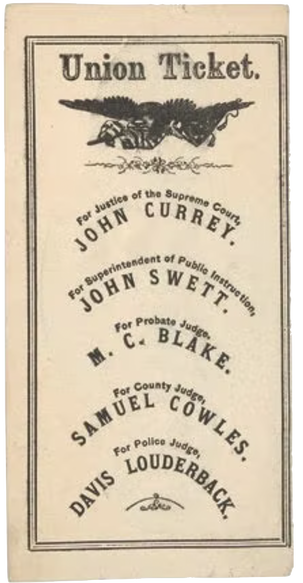Winning the right to vote
Voting rights of the 1960s In 1957 and 1960, laws were passed by Congress to safeguard African American voters. Despite this, during the 1964 presidential elections, they still faced difficulties in registering to vote, encountering opposition and even brutal violence during voter registration drives. In March 1965, Martin Luther King Jr. organized a march from Selma to Montgomery, Alabama, to draw attention to the issue. Following this, President Lyndon B. Johnson sent a voting rights bill to Congress, which was passed and became the Voting Rights Act of 1965.
The Act empowered the U.S. attorney general to dispatch federal examiners to assist with African American voter registration and abolished literacy tests in certain states. It had an immediate effect, with around 250,000 new African American voters registered by the end of 1965. The Act was subsequently strengthened in 1970, 1975, and 1982, and was extended for 25 years in 2006 by President George W. Bush. However, in 2013, the U.S. Supreme Court invalidated a crucial provision of the Act in the Shelby County v. Holder case. The Court determined that states with a history of voter bias no longer required federal pre-approval to amend their election laws, affecting mainly Southern states. Chief Justice John Roberts cited improvements in voting conditions in these states as the reason for the Court's decision. President Barack Obama criticized the ruling, calling for new legislation to safeguard equal access to the polls for all voters. Comments are closed.
|
Author
I often struggle to find websites with thorough explanations in simple language to help kids understand historical events or scientific concepts, so I decided to create some of my own! -Cookie Davis
Archives
March 2024
|

 RSS Feed
RSS Feed